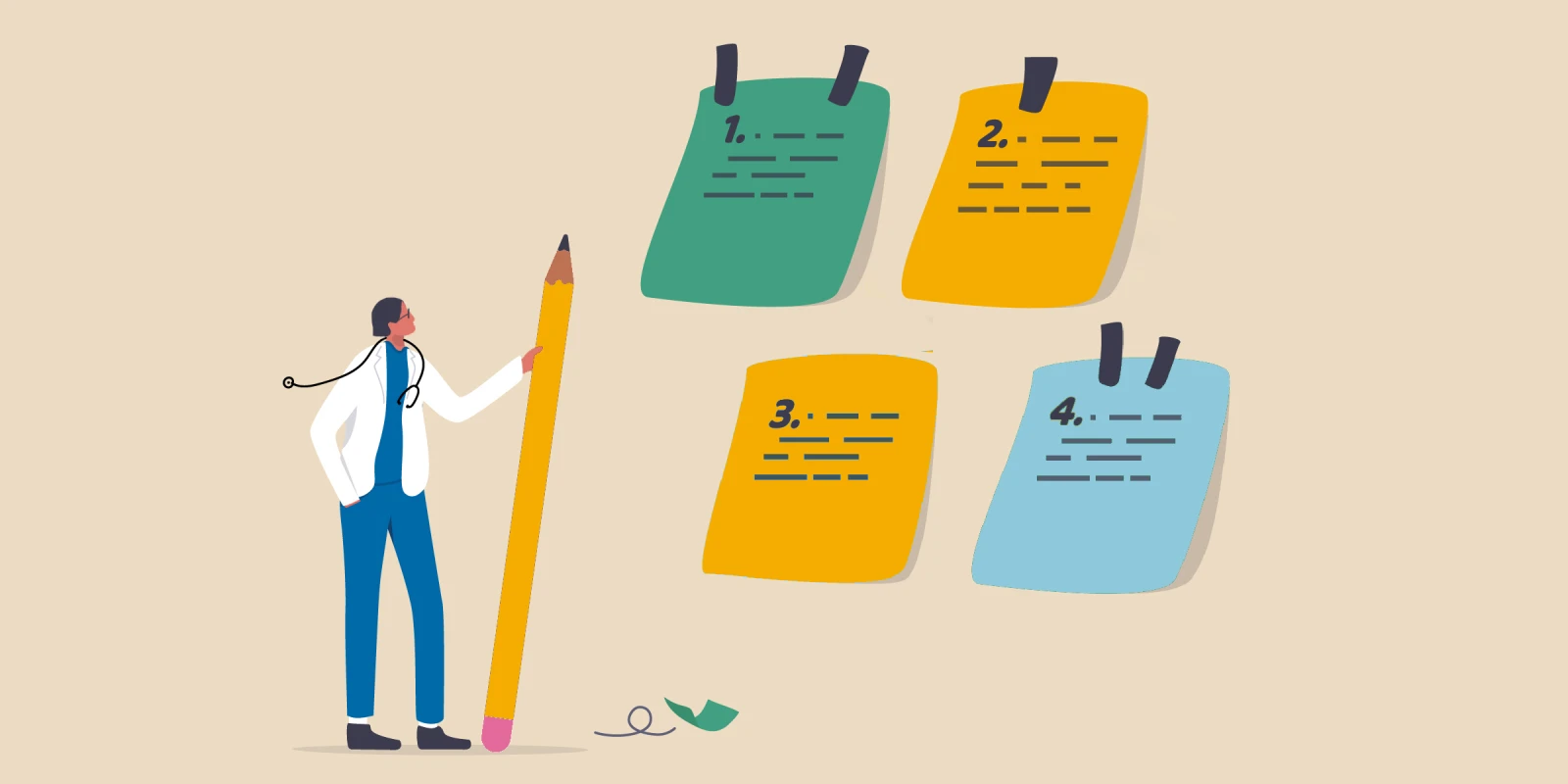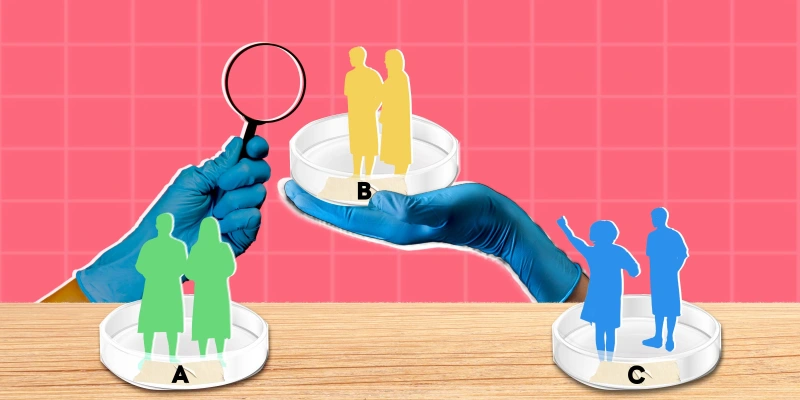My alarm sounds, it’s 5 a.m. Bleary eyed, I grab my phone and scan my email. I shuffle down the stairs for coffee and my laptop to finish my patient notes. I know once I am at work, I will face a barrage of patient issues and operational problems, not to mention projects with fast-approaching deadlines. I anticipate the end of the day arriving, my long to-do list appearing unchanged. “I can catch up in the evening,” I tell myself. Though no matter how much I work, it never seems like enough. In response, I push harder. I squeeze in work during the in-between of life but over time it has become a greedy seatmate, slowly encroaching, and making my life smaller.
After 17 years of the same pattern, I accomplished many of my goals, but the other parts of my life were small and empty; out of balance. An email read in the evening would cause my anger to spill out on to my boisterous children as they were the only target in sight. I became curt and unsupportive of staff members. My marriage became transactional. I had fantasies about getting COVID-19 so that I could have a break. Finally, I recognized I was burnt out which according to the WHO is characterized by feelings of exhaustion and cynicism and reduced professional efficiency.
To address burnout in health care, we need system level change. However, as individual clinicians, we also can’t risk our health and well-being while waiting for this seismic shift. Is there a way to be a clinician that is sustainable, even if the system is slow to change? I’m not yet sure of the answer to that question, but with the help of life coaching, I’ve been exploring a few ideas and strategies that have been helpful.
First, I took ownership of my experience by shifting my mindset. I felt trapped by responsibility, but the truth was that I had choices. It was a matter of the consequences. Just because I didn’t like the choices that were available didn’t mean I had no choice. I started using “I choose to” or “I get to” rather than “I have to” or “I need to.” For a period of time, I made a list of the things I liked about work that day. Sometimes it was just the window in my office. Once I started looking for things to be grateful for, they became easier to find. We find what we are looking for.
Second, I paid attention to my nervous system and gave it some love. We can choose to slow down. Many of us only employ stress reduction strategies like breathwork or meditation when our stress peaks from its usual. A shift came when I started doing these practices routinely, not only when I was feeling stressed. I took three-minute breaks during my clinic to engage in mindful breathing or a short meditation. These brief pauses are restorative and help me avoid feeling depleted at the end of the day.
Third, I evaluated my boundaries. I considered times when I was angry for being asked to do something, resentful of others, or felt like I was doing more than my share of work. These feelings signaled a need that was not being met. One boundary I set that had a significant immediate impact was with emails. The need to be responsive to email derails focus and is a huge drain on efficiency. Did I really need to respond to an email shortly after it was sent? Most of the time, the answer was “No.” My phone is available for emergencies. Constantly checking email after hours and on weekends, which had become a nervous habit, led to a feeling that work never ended. The culture of medicine tells us to prioritize the needs of patients over our own. Altruism is an important part of medicine, but taken too far, it is destructive. We need boundaries to provide a framework and guide posts for what is and is not aligned with our values and ensure our needs are being met.
Lastly, I found a creative outlet. I danced as a teenager and returned to this form of expressing myself and connecting with my body. I also started watercolor painting and writing creatively. You don’t need to be good at it. You don’t even need to share your creations with anyone. Creativity can take all shapes and forms – for example, gardening, cooking, baking, and singing. Creativity can support turning off the thinking mind and connecting with your body. Our feelings speak to us through bodily sensations, thus spending time out of our head can help us feel our feelings, which is critical for health and well-being.
These things may feel like another task on a never-ending to-do list in a day that feels like it doesn't have enough time. Yes, taking a break, breathing, and being creative are new things that will take small bits of time. If you are ready to break your pattern, you’ll see that taking ownership, slowing down, recalibrating your nervous system to a calmer state, and being creative will lead to greater efficiency and freedom, giving you more space to be your full self — which may very well include being an amazing clinician.
What else is on your list to fight burnout? Share in the comments.
Christine Kempton is a writer, coach, and Professor of Hematology and Medical Oncology at Emory University in Atlanta, Georgia. At Emory University she also serves as Director of the Hemophilia of Georgia Center for Bleeding & Clotting Disorders and Vice Chair of Faculty Development. As a writer she explores issues of work-life harmony, burnout, and productivity.
Image by Nuthawut Somsuk / Getty







